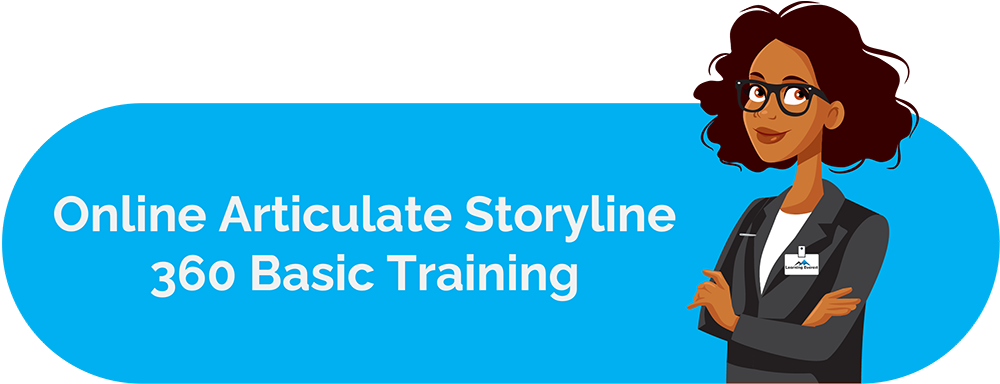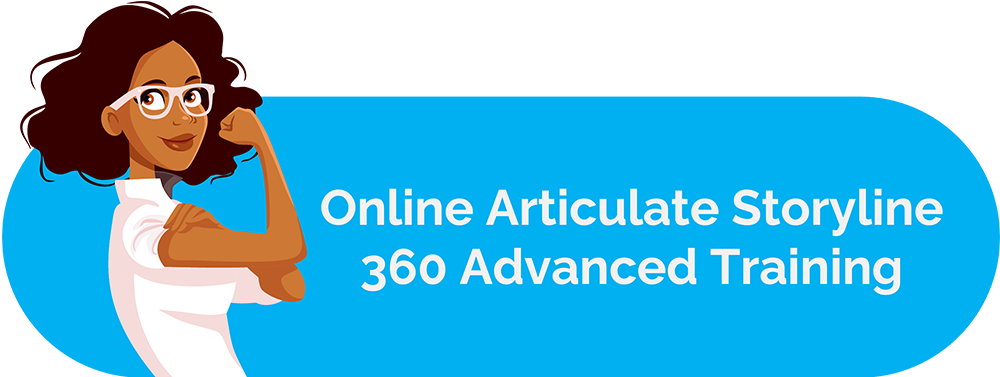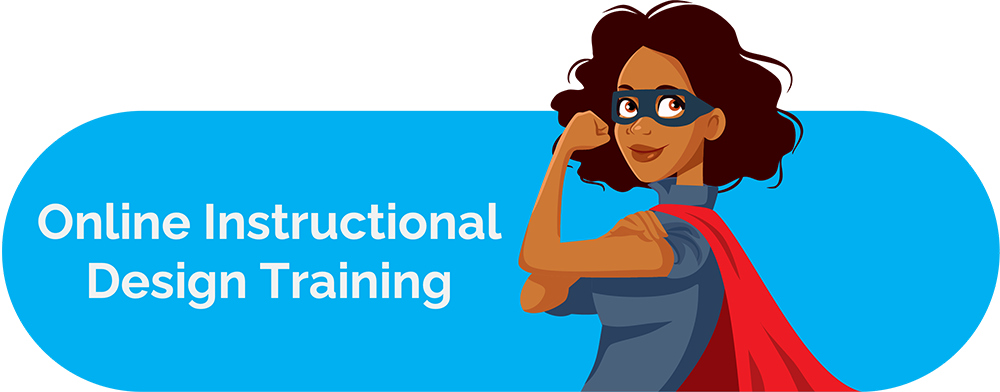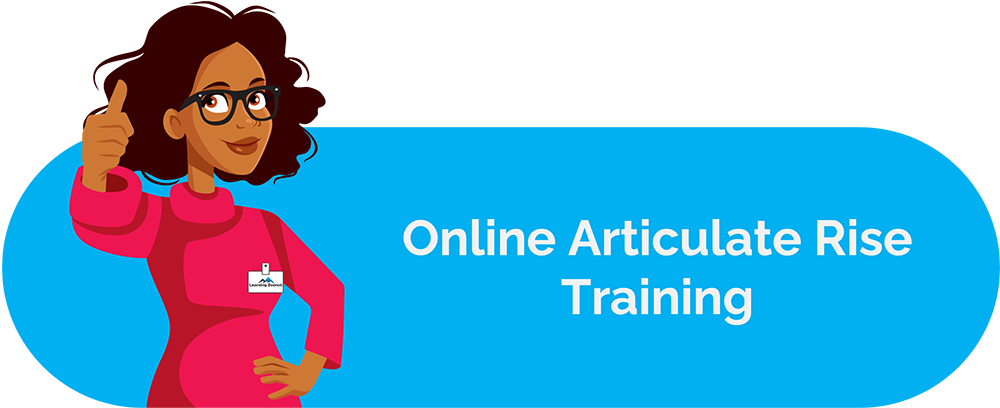Design thinking is an iterative process where we first understand the user, know the problem and identify the strategies needed to tackle it. As modern technology emerged, design thinking has become popular as technology’s complexity is made simple when it is applied.
If you wish for impactful learning to occur, keep reading on using design thinking in eLearning.
Any eLearning course aims to provide learners with the knowledge and skills they need to solve problems and learn from their experiences. Thus, learning from past mistakes, researching how to resolve issues, and accept and implement the feedback received is an integral part of the design process. So, to create engaging learning experiences, design thinking is the way to go.
Where did Design thinking come from?
In 1969, Herbert Simon, an American sociologist and psychologist, published an article, ‘The Science of the Artificial.’ It was in this article that he mentioned a way of taking a creative approach to problem-solving. Later in 1973, Horst Rittle described ‘wicked problems,’ which were complex problems that are difficult to define, have no set solutions, and lead to other issues. In the early 2000s, the Stanford School of Design introduced a course on Design Thinking, and that is when the term picked up prominence.
What is Design Thinking is and how to do design training?
You may have some idea about Design Thinking. Let us look at it in detail.
-
Empathize:
Trying to understand how the problem is affecting the employees, becomes the first step. Empathy helps you not to assume things about the world and gain actual insight into employees’ needs. This stage involves talking to the experts and the employees to understand better the issues they are facing. To elaborate on the problem, you can use words related to the employee’s desires, aspirations, and experience.
During this phase, an eLearning professional must observe and get a clear picture of who the users or employees are, what challenges they face, and what their expectations are. Focus groups, one-on-one interviews, and questionnaires help the eLearning professionals understand the employees’ difficulties and challenges. The information gathered here is then taken on to the next stage of defining the problem and understanding it.
-
Define:
This is where you can come up with a problem statement. The more specific the problem statement, the better it is. Moreover, focusing on the employee’s needs is essential, and the strategy must be to tackle the underlying issues.
The eLearning professionals would gather data and put in sequence the order of the information. Looking at the problem from the employee’s perspective would help the designers define the challenge better.
-
Ideate:
This is where out-of-the-box thinking comes into play. Also, reverse thinking helps in generating ideas and creating all kinds of solutions. The goal here is to come up with as many solutions as possible, and it is not necessary that all would be applied in the end. This stage encourages collaboration between various stakeholders to gain different perspectives and arrive at common points that pave the way to innovative solutions. The ideas are creative, and when the team engages in brainstorming, look at alternative ways to solve problems.
It serves well if the eLearning professional gathers views, thoughts, and opinions from all team members. From whatever is the outcome of this brainstorming process, they can pick on those that suit the situation. The next stage then is working on those ideas.
-
Prototype:
This stage is where the team decides to create a working model that helps the design thinkers understand the solution’s path. The prototypes can be digital, physical, or in the form of diagrams and must include all the significant aspects of the final version of the eLearning. Such prototyping helps the idea become tangible, and it becomes easier to visualize the outcome. The solutions generated here need to be inexpensive and basic outlines of the final idea.
An eLearning professional can make use of various kinds of prototypes are made on PowerPoint or in the form of wireframes or cut-outs. Even raw videos or infographics can be used as prototypes.
-
Test:
The final stage in the design thinking process is testing. The prototype is tested to find loopholes or bugs and then refined based on the feedback. It is good to remember that these stages are not sequential. The end goal is to understand employees’ problems and create better solutions. This entire process is iterative; you can go back to the previous stages and make alterations or find alternative solutions.
Based on the employees’ feedback about the infographic or the wireframe prototype, the eLearning professional can make the required changes. This tweaked version can then be tested again, and the final version can be taken into the development stage.
How to do Design Training?
Now that you have an idea about Design Thinking, do you know how to do Design Training? Performance issues can be tackled using the design thinking approach. Let us look at one example.
-
Lack of knowledge:
Employees in a leading internet service provider’s operations domain were facing challenges. Several issues were related to their training after being hired. They did not have enough knowledge about the services and products.
-
Plan the learning design:
Since the problem was detected, there now has to be an action plan. For this to be formulated, enough information about the employees, their educational background, and retention capacity must be considered. Based on these findings, a decision of whether to conduct classroom training, virtual learning, mobile learning, or blended learning would be taken.
-
Create Modules:
Once the training mode is determined, various learning theories and ways to deliver the knowledge need to be formulated. Brainstorming sessions can be held with the team to create innovative techniques to provide the training that includes the relevant content.
-
Delivery of Prototype:
A working prototype is developed so that the leadership can look at the look and feel of the module’s training. Additions and changes are made to the module depending on the feedback.
-
Final Test of the learning design:
This module is sent out to the relevant employees, and performance is measured. If there is no performance improvement, changes have to be made in the modules.
Benefits of Design Thinking
Many eLearning professionals swear by design thinking in eLearning. Let us look at the positive side of adopting this approach.
-
Understanding Perspective is an essential step in Design Thinking:
This approach allows the organization to focus on employees’ training needs rather than on the tools and the system used. It helps when the leadership puts themselves in the employees’ shoes and tries to understand their problems. This can be effective in creating eLearning courses that target the problem areas in a better manner. This also shifts the focus from the end goal to the delivery of the solution. It gives the leadership a different perspective about the problem and allows them to develop solutions for specific needs.
-
The root of the problem:
Rather than skim through the data reports that show dismal performance, the chance to explore the problem in person creates better results. An eLearning professional can delve deeper into the issues and design solutions to target the problems.
-
Encourages creative thinking:
Applying design thinking in any industry allows the eLearning professional to create solutions by designing splendid learning experiences. It also promotes collaboration with others in the field and is a constant learning process for the designer.
-
Focused approach:
Since prototyping involves creating sample solutions, it helps the professional reach the goal and meet the clients’ expectations. Thus, the application of design thinking in eLearning allows one to develop courses that bring about a positive change. The focus is on the learning experience’s outcome, so the content is as essential as every other element involved in the designing process.
-
Feedback is crucial in Design Thinking:
Feedback is essential both during the designing process and after the course has been launched. An eLearning professional thus gains insights continually and can implement activities or tools that are thought of at a later stage in other projects.
Drawbacks of Design Thinking
Many critics of Design thinking opine that all is not well with the approach. Let us see why.
- It is easy to get lost in the flow of ideas and lose focus. Design thinking is said to be a general approach and focuses on only generating ideas rather than understanding the problem.
- It includes the direct involvement of the consumers of the product. It could reflect on the time and cost as the employees may be removed from current projects and focus on something else.
Design thinking in eLearning enables and encourages a professional to make mistakes and allows scope for learning from them. Deeply rooted in design thinking is learning design, a concept that focuses on the learners’ needs. Instead of asking what to teach, it asks how the learners would understand concepts. Thus, it is a human-centric model, and its application can lead to the identification and creation of innovative solutions.





